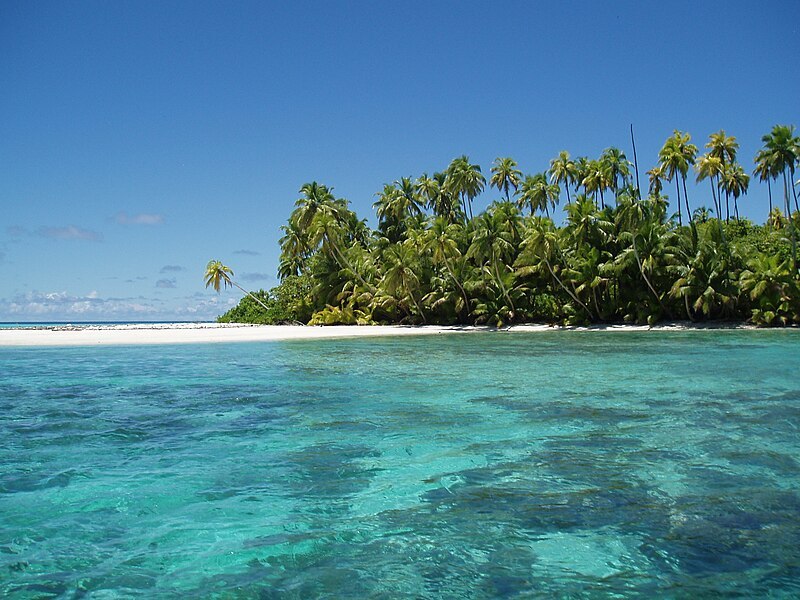Context:
Recently, the United Kingdom (UK) announced its decision to cede sovereignty of the Chagos Islands to Mauritius, marking a significant shift in territorial control after decades of illegal occupation.
More On the News

- The deal marks an end to a long-standing dispute over the UK’s last African colony, following an International Court of Justice (ICJ) ruling that the UK unlawfully separated the Chagos archipelago from Mauritius before granting its independence.
- The agreement comes after the ICJ, UN General Assembly, and the International Tribunal for the Law of the Sea backed Mauritius’ sovereignty claim in 2019 and 2021.
Key Points of the Agreement
- As part of the Agreement, the UK has ceded claims over the Chagos Islands, allowing Mauritius to implement resettlement programs, except on Diego Garcia.
- The agreement allows the Diego Garcia base to remain operational for 99 years, with the UK retaining sovereign rights over the island.
- As part of the Agreement, the UK has also promised to create a new trust fund “for the benefit of Chagossians”
Historical Background:
The Chagos archipelago, comprising 58 islands, lies roughly 500 km to the south of the Maldives archipelago in the Indian Ocean.
- It is located about 1,000 miles (1,600 km) south of the southern tip of the Indian subcontinent.
The islands were primarily uninhabited until the late 18th century when the French brought in slave labour from Africa and India to work in newly established coconut plantations.
In 1814, France ceded the islands to the British.
In 1965, the UK separated the Chagos Islands from Mauritius, which gained independence in 1968, to create the British Indian Ocean Territory (BIOT).
In the early 1970s, Britain evicted nearly 2,000 Chagossians to Mauritius and Seychelles to establish an airbase on Diego Garcia, leased to the US in 1966.
Strategic Importance of Diego Garcia
- Diego Garcia has served as a pivotal U.S. military base since the early 1970s in the Indian Ocean, facilitating operations across multiple conflict zones, including the Gulf and South Asia.
- Through legal measures (the 1971 BIOT Immigration Ordinance and 2004 Orders in Council), it became a criminal offence for anyone without military clearance to be on the islands without a permit.
- Its strategic location allows for monitoring key maritime routes, particularly vital for U.S. interests amid rising tensions with China and other regional powers.
Important Timeline of the Chagos Islands:
1783: The first inhabitants arrived as Enslaved Africans on the Chagos Islands to work on French coconut plantations. Later, indentured Indians join after slave emancipation.
1814: Britain takes possession of the Chagos Islands from France.
1965: Britain detached the Chagos Islands from Mauritius to create the British Indian Ocean Territory (BIOT).
- The UK and US agree to establish a military base on Diego Garcia.
1968: Mauritius gains independence but Chagos remains with Britain.
1967-1973: The entire Chagos population was forcibly relocated to Mauritius and Seychelles.
- Human Rights Watch declares this a “crime against humanity.”
2015: Mauritius filed a case against the UK at the Permanent Court of Arbitration (PCA) in the Hague
- The UK tried blocking the case, claiming the bilateral issue
- The court ruled that the UK violated Mauritius’ rights and UN maritime law.
2019: The UN’s highest International Court of Justice (ICJ) rules British occupation illegal and orders the UK to hand it back to Mauritius.
- The UN General Assembly passes a motion condemning Britain’s occupation of the islands.
- The UN demands Britain to withdraw within six months but the UK refuses.
2021: UN maritime court rejects UK’s sovereignty claim.
2024: UK agrees to transfer Chagos to Mauritius, retaining joint US military base on Diego Garcia.

